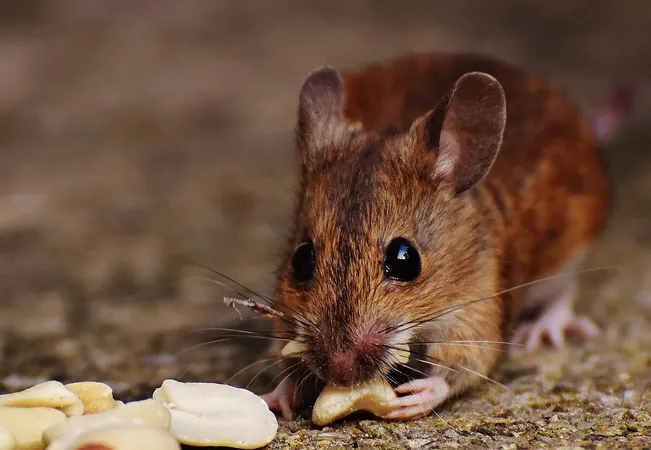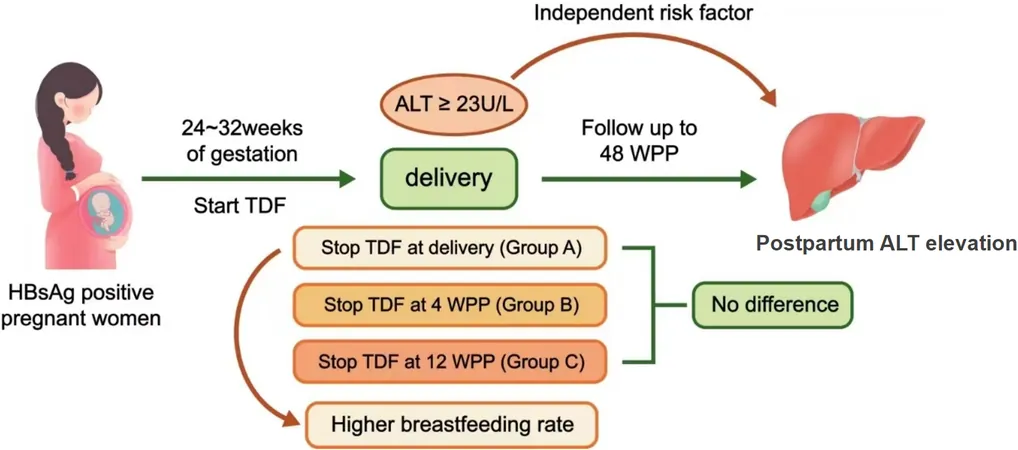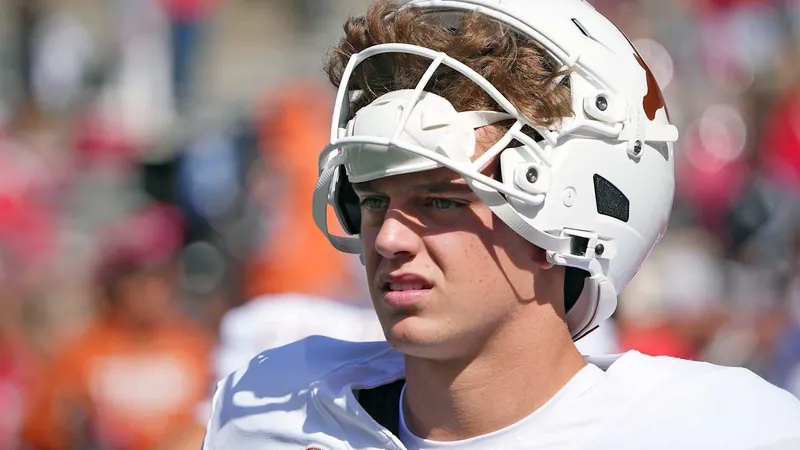
Two Paths to Survival: How Deer Mice Evolved Distinct Escape Tactics
2025-07-23
Author: Sophie
The Fight-or-Flight Dilemma for Deer Mice
For deer mice, the instinct to survive boils down to one urgent question: flee or freeze? But the right choice varies between species, as new research reveals. A groundbreaking study by Harvard biologists has uncovered how two closely-related deer mouse species have evolved dramatically different responses to airborne predators, thanks to changes in their brain circuitry.
Stunning Differences in Survival Strategies
In densely vegetated areas, Peromyscus maniculatus instinctively darts for safety when a predator approaches. On the other hand, its cousin, the open-field mouse Peromyscus polionotus, relies on remaining still to avoid detection. Felix Baier, a researcher in Hopi Hoekstra's lab, emphasized, "This study pinpoints evolutionary adaptations that shape different species' behaviors in response to the same threat."
An Evolutionary Marvel: The Deer Mouse Family
Deer mice belong to the Peromyscus genus, which boasts over 50 species thriving from deserts to mountains across North America. Often dubbed the 'fruit flies of mammal biology,' these creatures serve as prime examples of adaptive radiation, rapidly diversifying into specialized ecological niches.
Uncovering Brain Mechanics Behind Behavior
The lab of evolutionary biologist Hoekstra has long studied how deer mice adapt their biology to survive. In particular, their recent study aimed to understand the stark contrast in escape behaviors. As these mice frequently fall prey to hawks and owls, their evolution has been heavily influenced by the pressures of natural selection.
The Experiment: Insights from Predator Simulations
To investigate these behavioral differences, the researchers placed the mice in a controlled environment with a simulated predator scenario. They displayed images mimicking birds soaring above or diving down, revealing that prairie deer mice would dash for cover, whereas open-field mice would freeze in place.
The Central Role of the Brain in Survival Tactics
Delving deeper, scientists identified a crucial area in the brain called the dorsal periaqueductal gray (dPAG), which showed elevated activity in the fleeing species. Using optogenetics, they manipulated neural responses in both species, triggering behaviors akin to those seen during predation simulations, highlighting a shared evolutionary mechanism.
Tailored Survival Strategies Shape Evolution
Previous research from Hoekstra's lab highlighted other differences between these two species, such as mating preferences and burrowing behaviors. The stark contrast in their escape responses reflects how evolution has fine-tuned each mouse to thrive in its unique environment.
Conclusions: Evolution in Action
Ultimately, the study concludes that each species' survival strategy aligns with its habitat. While deer mice in vegetated areas can quickly escape due to nearby cover, those in open fields must rely on camouflage. Baier sums it up: "When you freeze, you stand a better chance of going unnoticed." Nonetheless, both species must escape to survive, with open-field mice requiring greater threats to prompt flight responses.
A Stunning Reminder of Nature's Ingenuity
This insightful research not only reveals the remarkable adaptations of deer mice but also reaffirms the broader theme of evolution's role in shaping life based on environmental demands. With every new finding, we uncover just how intricately nature weaves survival into the very fabric of life.









 Brasil (PT)
Brasil (PT)
 Canada (EN)
Canada (EN)
 Chile (ES)
Chile (ES)
 Česko (CS)
Česko (CS)
 대한민국 (KO)
대한민국 (KO)
 España (ES)
España (ES)
 France (FR)
France (FR)
 Hong Kong (EN)
Hong Kong (EN)
 Italia (IT)
Italia (IT)
 日本 (JA)
日本 (JA)
 Magyarország (HU)
Magyarország (HU)
 Norge (NO)
Norge (NO)
 Polska (PL)
Polska (PL)
 Schweiz (DE)
Schweiz (DE)
 Singapore (EN)
Singapore (EN)
 Sverige (SV)
Sverige (SV)
 Suomi (FI)
Suomi (FI)
 Türkiye (TR)
Türkiye (TR)
 الإمارات العربية المتحدة (AR)
الإمارات العربية المتحدة (AR)